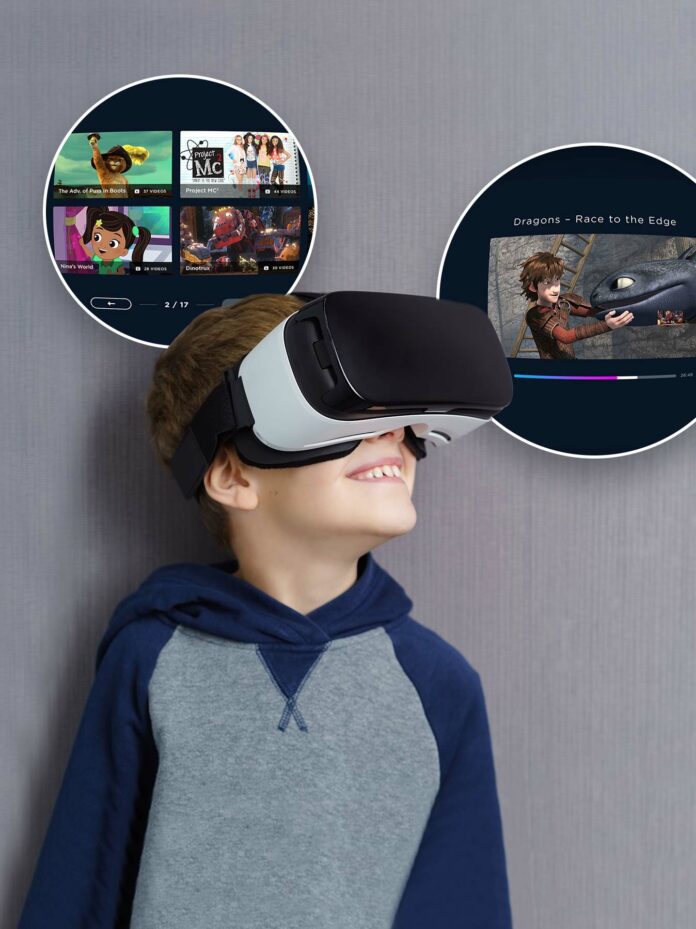Amblyopia, also known as ‘lazy eye’ is a neurological condition of the visual cortex that causes reduced vision in one eye. Diagnosed in childhood, the disorder primarily presents as a physical defect where the eye deviates inwards or outwards.
The issue occurs when one eye starts receiving weaker visual signals than the other. This can be caused by weakness in one of the muscles that determine eye movement, due to a difference in vision power, or cataracts. The weak signals result in an inability for both eyes to work together. Left untreated, amblyopia causes vision loss – it is the current leading cause of vision loss in children worldwide.
Currently, doctors treat the condition using corrective eyeglasses. Another way is to blur or block vision in the strong eye through atropine drops or patching, which forces the brain to stimulate the weaker eye. However, children show weak compliance to these methods, especially the patching. This highlights the need for a more kid-friendly approach to treatment.
A fun way to correct amblyopia
Enter Luminopia, a med-tech company that uses VR technology to engage younger patients while helping them correct their amblyopia.
The company has created algorithms compatible with standard VR headsets that modify TV content in real-time.
As CEO Scott Xiao explains:
“Luminopia One reduces the contrast of the video images presented to the stronger eye and superimposes dichoptic masks on the video images presented, promoting weaker eye usage and encouraging patients’ brains to combine input from both eyes.”
Furthermore, the developers have partnered with children’s media content producers like Sesame Workshop to make the treatment time more engaging.
Recently, the company also published its phase 3 trial results in Ophthalmology. The trial consisted of 105 participants, 51 of whom were allocated to the treatment group. The participants used Luminopia One’s treatment program for 1 hour each day, 6 days a week for 12 weeks. Compared to the control group who showed a 0.8-line improvement in their vision, the treatment group had a 1.8-line improvement. The results also showed an 88% adherence rate for the technology.
The company is now awaiting FDA approval so that it can market this technology commercially.
Source:
Medgadget




